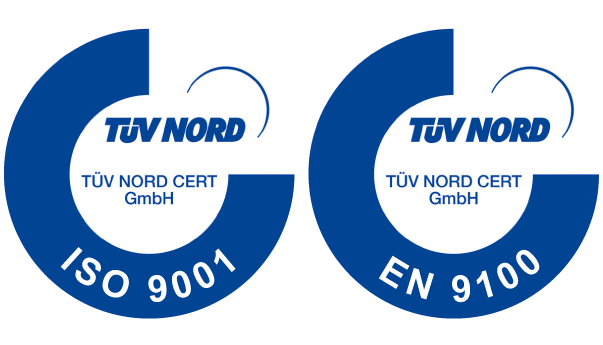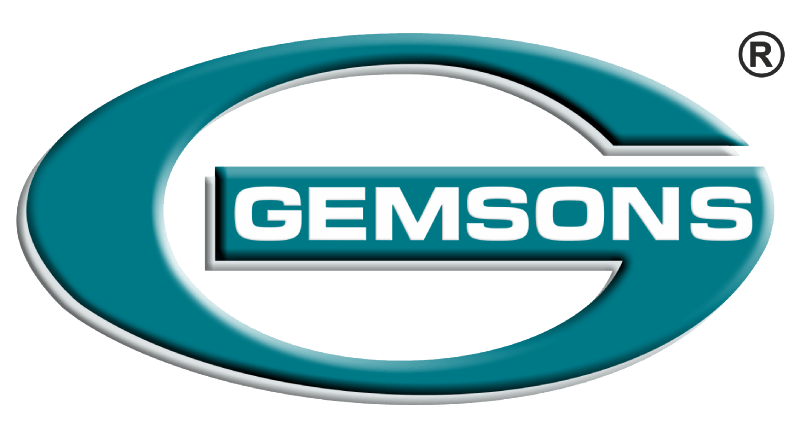Efficient spare components management is the backbone of many industries, ensuring seamless operations, minimal downtime, and cost-effectiveness. Whether you’re managing spare parts for manufacturing machinery, vehicles, or any other equipment, a well-organized and strategic approach is essential.
Let’s delve into crucial considerations for successful spare components management.
Ten Things to Consider for Successful Spare Parts Management
1. Inventory Classification
Classifying spare components based on criticality and usage frequency is a fundamental step in effective management. Utilize the ABC analysis method, where “A” items are the most critical and “C” items are less essential. This classification helps prioritize resources and attention, ensuring that the most crucial spare components are readily available.
2. Accurate Demand Forecasting
Anticipating the demand for spare components is a challenging yet vital aspect of management. Historical usage data, equipment reliability, and industry trends aid in creating accurate demand forecasts. Regularly update these forecasts based on changing circumstances to avoid stockouts or overstock situations.
3. Centralized Data Management
Maintaining a centralized database for spare components information streamlines the entire management process. This database should include details such as part numbers, descriptions, suppliers, costs, and storage locations. A digital management system ensures easy access, reduces errors, and facilitates quick decision-making.
4. Supplier Relationship Management
Establishing strong relationships with reliable suppliers is key to ensuring a steady supply of quality spare parts. Regularly assess supplier performance, negotiate favourable terms, and consider implementing vendor-managed inventory (VMI) programs where suppliers monitor and replenish stock levels directly.
5. Optimal Stock Levels
Determining the right stock levels for each spare part involves balancing the costs of holding inventory and potential downtime due to stockouts. Striking this balance requires a combination of accurate demand forecasting, lead time analysis, and understanding the cost implications of stockouts versus holding excess inventory.
6. Lifecycle Management
Every spare part has a lifecycle, from procurement to usage to obsolescence. Implement a comprehensive lifecycle management strategy that includes periodic reviews, upgrades, and timely disposal of obsolete parts. This ensures that you’re always working with the most efficient and cost-effective spare components.
7. Standardization and Interchangeability
Standardizing spare parts where possible and promoting interchangeability across different equipment models significantly simplify inventory management. This reduces the number of unique parts to track and store, making the overall process more efficient and cost-effective.
8. Maintenance and Repair Processes
Understanding the maintenance and repair processes of the equipment is essential for effective spare components management. Work closely with maintenance teams to identify critical components, establish preventive maintenance schedules, and ensure that spare components are available when needed to minimize downtime.
9. Technology Integration
Leveraging technology greatly enhances spare components management. Implementing inventory management software, barcode systems, and automation tools streamline processes, reduce manual errors, and provide real-time visibility into stock levels and usage patterns.
10. Continuous Improvement
Spare components management is an ongoing process that requires continuous improvement. Regularly review and update processes, analyze performance metrics, seek feedback from end-users and maintenance teams, and be proactive in addressing any challenges or inefficiencies.
Conclusion
Successful spare parts management is a multifaceted endeavour that demands careful planning, strategic decision-making, and ongoing attention. By focusing on the key considerations, you create a robust spare components management system. A well-managed spare components inventory not only ensures operational continuity but also contributes to cost savings and overall business efficiency.
In collaboration with Gemsons, your spare components management is elevated to new heights. Our expertise ensures a seamless and efficient system, minimizing downtime and maximizing cost-effectiveness. Trust Gemsons to streamline your spare parts processes, contributing to the overall success and resilience of your operations.



Recent Comments